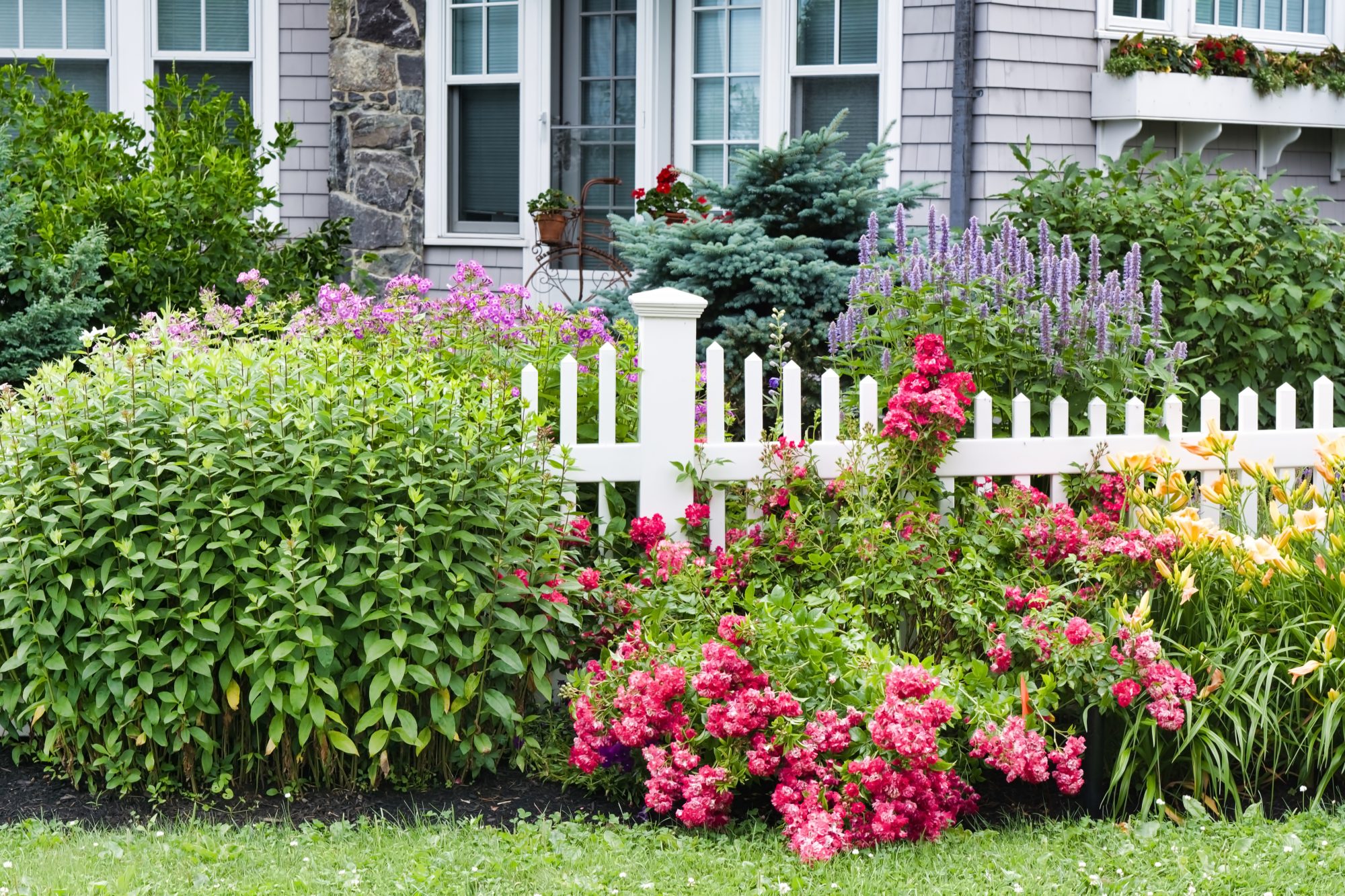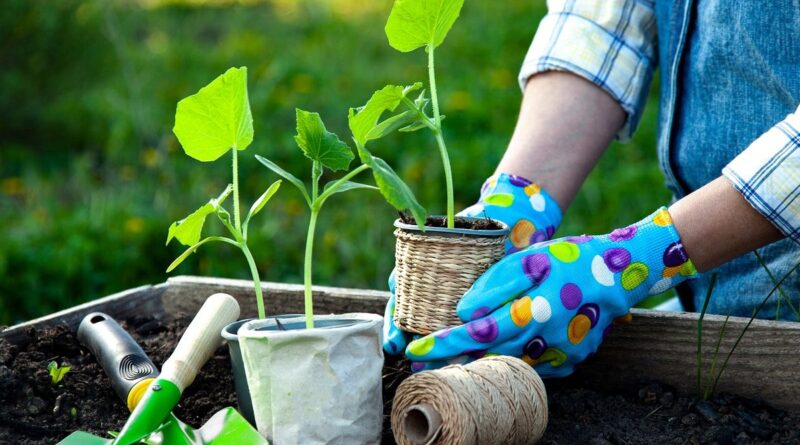Early spring is the ideal time to start doing some gardening. The plants are slowly starting to wake up from their winter slumber, so you can easily do some pruning, planting, raking, and other similar garden activities.
If you want your garden to look its best this season, you should give it a little hand. Just like you do seasonal house cleaning, so should you do the same with your garden.
Here are some must-know spring gardening tips that can help you create a wonderful landscape in your garden.
Do some inspection

source: hellomagazine.com
The first thing that you should do as soon as the sun comes out during one of the early spring days, is some inspection. Survey the garden, check out what happened to it during the winter, see if trees have been damaged, what happened to the plants (if there was ice or snow damage), survey the flower beds, check out if anything has rotted, shifted, or bowed and so on.
All this will help you create a list of the upcoming garden chores. Having this list will make your life easier, as you’ll be able to create a schedule of garden works.
Hardscaping comes next

source: pinterest.com
In early spring, the ground is not yet ready to be worked on, however, that doesn’t mean that you can’t start some garden jobs. Hardscaping, for example, is the perfect job for this period.
Hardscaping refers to all the manmade structures in your garden landscape – paved areas, walls, fences, gravel, benches, water features, fire pits, sheds, and so on.
If you noticed during your garden inspection that there are problems or damages on your hardscape, this is the perfect time to deal with it, while the plants and flowers are still in their winter slumber.
You can also refresh your wooden or metal hardscape with a fresh coat of paint or stain. This time of year is simply perfect for those kinds of garden chores.
Flower bed clean-up
The beginning of spring is also a great time to do some flower bed clean-up. Get rid of dead leaves and debris that piled up during winter, fix the edging on flower beds, remove protective mulch or whatever you used to protect the soil – simply prepare the beds for the next round of plants and flowers.
For this part of annual garden chores, some garden tools will be necessary, so check out if you have everything you need to safely work in the garden. Protective gear such as gardening gloves, other gardening tools, and equipment that can come in handy, such as weeding tools, cutting tools, rakes – all of these and more items you can find in Hoselink – so make sure you check them out!
Divide or choose new perennials

source: theenglishgarden.co.uk
Perennials are plants that can live for more than two years or as their name suggests they can stay in your garden “through the years”. Some like to call them the backbone of any garden since they provide colour in your garden for the whole season. Spring is the time to give them some attention.
If some parts of your garden look bare, simply get a couple of different perennials and close the gaps. In case you already have some perennials in your garden, now is the perfect time to divide them before their spring growth begins. By dividing perennials, you can also close the gaps that you may have in your garden.
Perennials are budget-friendly plants that are usually low maintenance – all you need to do is divide them at the beginning of their growth to keep them healthy and to encourage new growth.
Do some pruning
Next on the list should be the pruning of trees and shrubs. If there were branches that broke off during the winter, or if you forgot to do the pruning before – spring is the time to do it. Be quick about the pruning because if the trees break into bloom, you shouldn’t do anything.
The same can be said about bushes, early spring just before growth begins is the perfect time to remove old flowers and cut back to healthy outward-facing buds. Also make sure you cut off damaged, diseased, or old growth.
Give some attention to your lawn

source: pinterest.com
The grass in your garden should also be taken care of. Make sure you clear any potential debris from your lawn, rake up any dead leaves and if there are some gaps in the grass, now is the perfect time to reseed, before the first spring mowing.
Additionally, now is also the perfect time to check your lawnmower – see if it needs servicing. In the best case, you’ll need to sharpen the mower blades and refill the oil.
Feed the soil
Test the soil after winter to see what sort of minerals it lacks and what sort it’s rich in. This testing should be done every 3 to 5 years. Once you have your results, you’ll be able to find nutrients and vitamins that can help replenish the soil.
If you’ve been consistent with the practice of putting mulch on the soil during winter, you won’t have any trouble. The mulch in addition to preventing weed germination and retaining moisture, also adds beneficial humus to the earth as it slowly decays.
Plant flowers and veggies

source: selfstoragespecialists.com
After you’ve fed the soil, you can now do some spring planting. Mid to late spring is the perfect time to do some planting since the soil is now warm enough and there are little threats of frost and freezing temperatures. This is the ideal time to plant bulbs such as dahlias and gladiolus, iris, or caladium.
Tomatoes, peppers, and cucumbers are considered to be “warm season” veggies, that’s why this is the time to plant them as well. As for lettuce, broccoli, or peas, they should be planted earlier since they are the “cold season” vegetables.
Now is the time to pull up your sleeves and get out in the garden. Don’t miss the first couple of weeks of spring because they are the most crucial when it comes to your garden upkeep. Make sure that your garden landscape is perfect this year.




